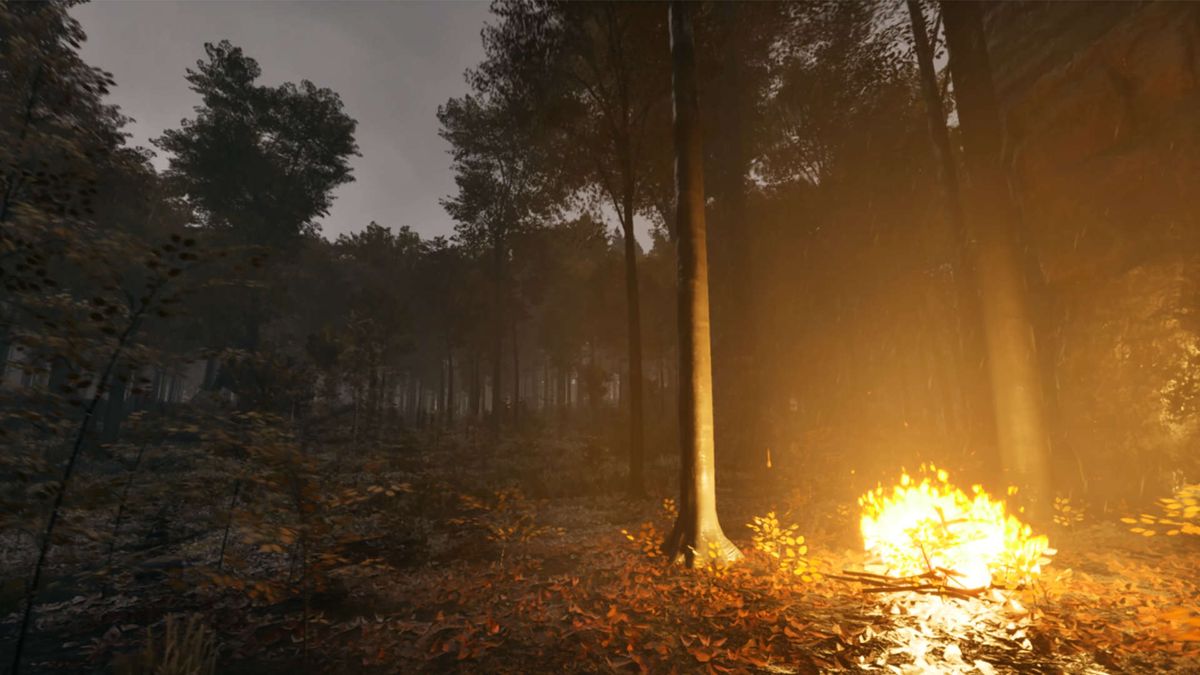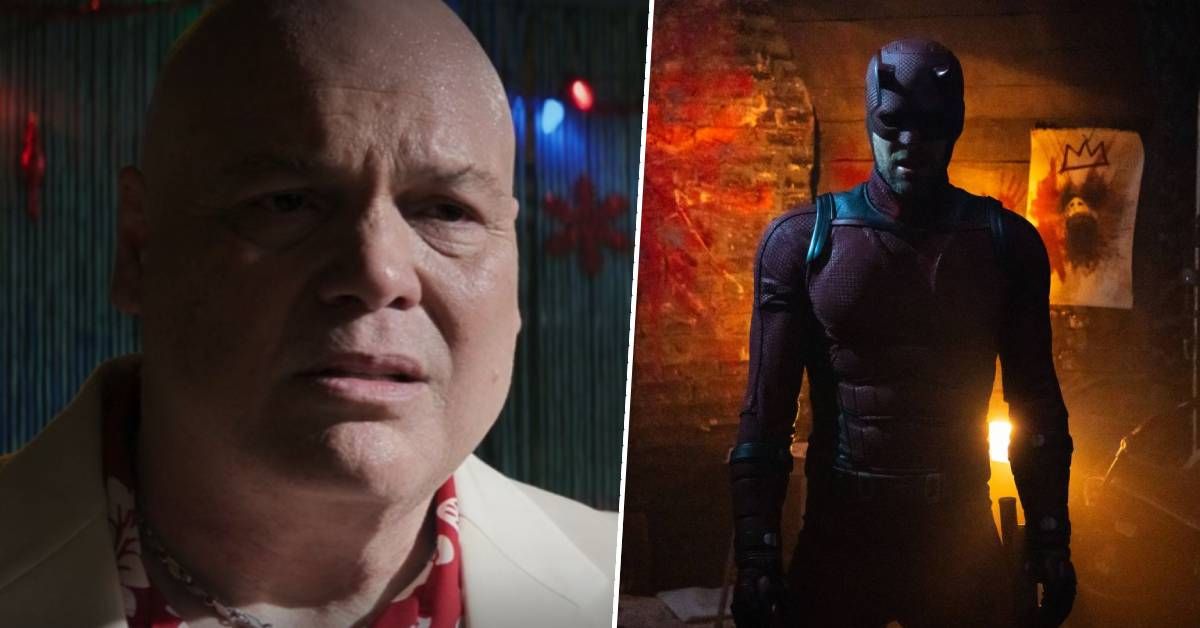
All the (virtual) world’s a stage, when two out-of-work English actors, locked down during the COVID pandemic, decide to put on a production of Hamlet entirely within the world of multiplayer action-adventure game Grand Theft Auto Online. Read this article for free: Already have an account? To continue reading, please subscribe: * All the (virtual) world’s a stage, when two out-of-work English actors, locked down during the COVID pandemic, decide to put on a production of Hamlet entirely within the world of multiplayer action-adventure game Grand Theft Auto Online. Read unlimited articles for free today: Already have an account? Opinion All the (virtual) world’s a stage, when two out-of-work English actors, locked down during the COVID pandemic, decide to put on a production of Hamlet entirely within the world of multiplayer action-adventure game Grand Theft Auto Online.
, a new documentary that just debuted on the streaming service MUBI, tracks Sam Crane and Mark Oosterveen’s chaotic, creative and wildly comic attempts to perform a Shakespearean tragedy inside an ultra-violent video game. Forget bare bodkins: This production of has rocket launchers. Imagine rehearsals being interrupted when Hamlet gets gunned down, mid-soliloquy, by some passing rando, or when Horatio accidentally falls off a roof, and you’ll get some sense of the film’s wacky vibe.

looks at the barriers between high and low culture, between source and adaptation, between the real and the digital, and then just blows them up — sometimes literally. Crane worked with documentarian Pinny Grylls — the two also happen to be married — drawing from 300 hours of GTA screen time to put together a rough but recognizable showbiz narrative, from Sam and Mark’s initial hey-let’s-put-on-a-show optimism to some mid-production disasters to the cast’s relieved and triumphant after party. (The doc, like the play, takes place entirely within the game’s animated parameters.
You’ll have to wait until the end credits to see what everyone looks like in the flesh.) The story starts in January 2021, during London’s third lockdown. Bored, lonely and discouraged by the shuttering of theatres and the cancellation of film and TV productions, the two men are playing a lot of GTA.
They’re wandering one of the game’s virtual worlds, the city of Los Santos and Blaine County — a fictionalized version of L.A. and its environs — when they stumble onto the Vinewood Bowl.
This amphitheatre, with all those sad, empty seats, gives them an idea: Why not stage right here? While Mark and Sam initially worry the Venn-diagram overlap of Bard buffs and hardcore gamers is going to be narrow, their ever-shifting and evolving production eventually opens up into something rich and strange and quite wonderful. explores some serious issues. It’s about isolation and community in the pandemic.
It’s about the mysteries of male friendship. It’s about the possibilities of the documentary form. It’s about the power of art.
But because it’s pondering these big questions within the world of a violent and unpredictable multiplayer game, any potential portentousness tends to be cut with sudden drive-by shootings and armed men rappelling from helicopters. It’s a kooky form of theatrical improv — “Could you please refrain from killing each other,” someone asks during one fraught audition — and the end result is surprisingly sweet, silly and funny. The initial pairing of and a 17+-rated, high-body-count video game might seem unlikely, but as Sam and Mark suggest, if people are violent in GTA, well, people are also violent in Shakespeare.
“In , everyone dies,” Sam points out. “ ? Brutal,” adds Mark. The play’s sense that something is rotten in the state of Denmark also finds apt updated parallels in Los Santos, a place that offers a very literal representation of the kill-or-be-killed class warfare of late capitalism.
Sam and Mark do some great location scouting for their play, from abandoned rural gas stations to ominously empty industrial areas. Elsinore castle is now a suite of sleek corporate offices. Weekly A weekly look at what’s happening in Winnipeg’s arts and entertainment scene.
is also a sharply poignant pandemic artifact, reminding us that is a work that speaks to plagues past and present. The melancholy Dane isn’t the only one who has “lost all (his) mirth” and “forgone all custom of exercises.” Mark and Sam and his family are all struggling with the uncertainty and anxiety of that time.
And just as is concerned with the gap between appearance and reality, so deals with what “realness” means in a world increasingly spent online, especially in that COVID blur of work Zooms and doom-scrolling and video games and binge-watching. At one point, Pinny and Sam have a marital spat — in the game — about him spending too much time in the game, just one of the meta scenes that deal with the documentary question of how to capture real emotions and real issues in a flagrantly unreal game world. Ultimately, the filmmakers realize might not be everyone’s idea of Shakespeare.
(“Maybe he’s a purist,” jokes one of the players after a passerby casually murders one of the rehearsing actors.) It’s true that you’ll either find it distracting or hilarious when video-game screen alerts provide deadpan descriptions of the dramatic action: “Hamlet_thedane killed King_Claudius,” a GTA pop-up informs us at a climactic point of the play. But in these brief snips — even when they’re awkward, arbitrary and interrupted by gunfire — you can feel how and why Hamlet matters now.
In Sam and Mark’s goofy, gallant project, the play’s the thing. alison.gillmor@freepress.
mb.ca Studying at the University of Winnipeg and later Toronto’s York University, Alison Gillmor planned to become an art historian. She ended up catching the journalism bug when she started as visual arts reviewer at the Winnipeg Free Press in 1992.
Our newsroom depends on a growing audience of readers to power our journalism. If you are not a paid reader, please consider . Our newsroom depends on its audience of readers to power our journalism.
Thank you for your support. Studying at the University of Winnipeg and later Toronto’s York University, Alison Gillmor planned to become an art historian. She ended up catching the journalism bug when she started as visual arts reviewer at the Winnipeg Free Press in 1992.
Our newsroom depends on a growing audience of readers to power our journalism. If you are not a paid reader, please consider . Our newsroom depends on its audience of readers to power our journalism.
Thank you for your support. Advertisement Advertisement.















